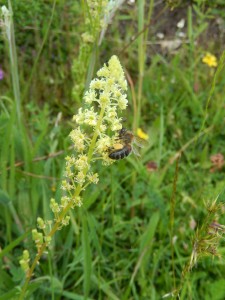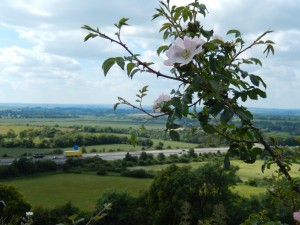
Aston Rowant National Nature Reserve is on the scarp of the Chiltern Hills, between Watlington and Chinnor. That places it at the western edge of the relatively hard rock of the Cretaceous period – Chalk – overlooking the softer rocks of the Jurassic period – the Oxford Clay. It has some fine chalk grassland, once a widespread habitat, though most has been lost to the plough, woodland, or development. And it has a rushing noisy motorway right through its middle, complete with a deep cutting hacked through the chalk escarpment. Here’s a short video clip to give you the general idea.
I visited in hope of seeing some orchids, and was delighted to find not only Pyramidal Orchid and Bee Orchid, but some seemingly hybrid plants with a few looking very close to ‘Wasp Orchid’, a variety of the Bee Orchid species.
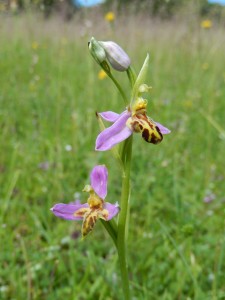
The site is carefully managed by English Nature to conserve the plants and animals of this special habitat. They employ a team of 24-hour all-terrain woolly mowing machines to keep the grass sward properly short for the more delicate flowers, such as the orchids, the Cistus rock rose, the delicately aromatic tufts of wild thyme, the eyebright, salad burnet, and many others.

The flowers in turn support a wealth of bees, butterflies including (those that I saw) Meadow Brown, Small Heath, Marbled White, Speckled Wood, Brimstone, Adonis Blue and Small Tortoiseshell, as well as day-flying moths like the Cistus Forester and the Six-Spot Burnet.
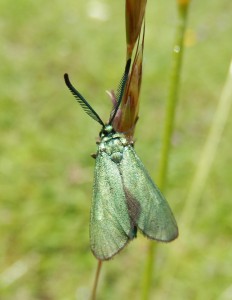
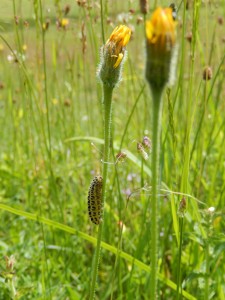
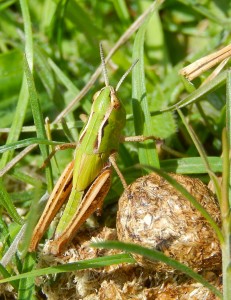
The delightful grassland is scored by ancient trackways, and the pre-Roman Ridgeway runs along the bottom (surprisingly) of the slope. Which brings us back to the modern trackway, its constant roar doing its best to drown out the bleating of the sheep and the screams of the red kites. The zizz of the grasshoppers is not lost entirely, but the quiet contemplation of them is certainly a little difficult.
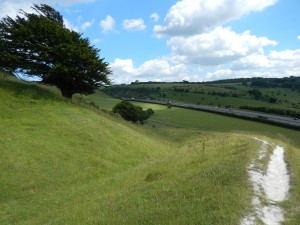
So, what are we conserving? Beautiful nature, ancient landscapes, specific habitats, individual species, an experience for the public, material for scientists to study? As the photograph shows, humans have cut trackways through the chalk for thousands of years: it’s just that somehow, an ancient trackway seems a little, well, quieter than the modern variety. The most obvious effect is on human visitors: the place isn’t quite the escape from modernity that it might be.
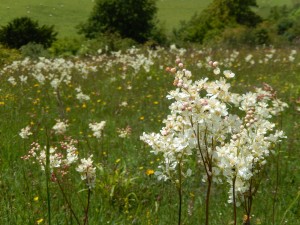
Beautiful but brutalized: perhaps meadowsweet waving in the breeze under the sunshine on the M40 is the perfect icon for the Britain of Cameron (and Blair before him). We need transport infrastructure, heaven knows, just as we need sufficient housing and everything else. And yet, a reserve where visitors can actually hear the birdsong (and record it if they want to) would be nice, even if the birds do manage to reproduce somehow. Are they affected? They easily might be. So what is a nature reserve for? If it’s a place where a teacher can bring a class and say ‘this is what the countryside was like x years ago’, then Aston Rowant fits part of the bill. Realistically, what do we want our world to be like? Just with one or two pretty bits to conserve the orchids, the cameras judiciously avoiding getting trucks in the background, the video having to dubbed with birdsong and grasshopper stridulation in the studio? Can we afford something more complete, given all the other pressures on the budget? Not easy to say, I think.
